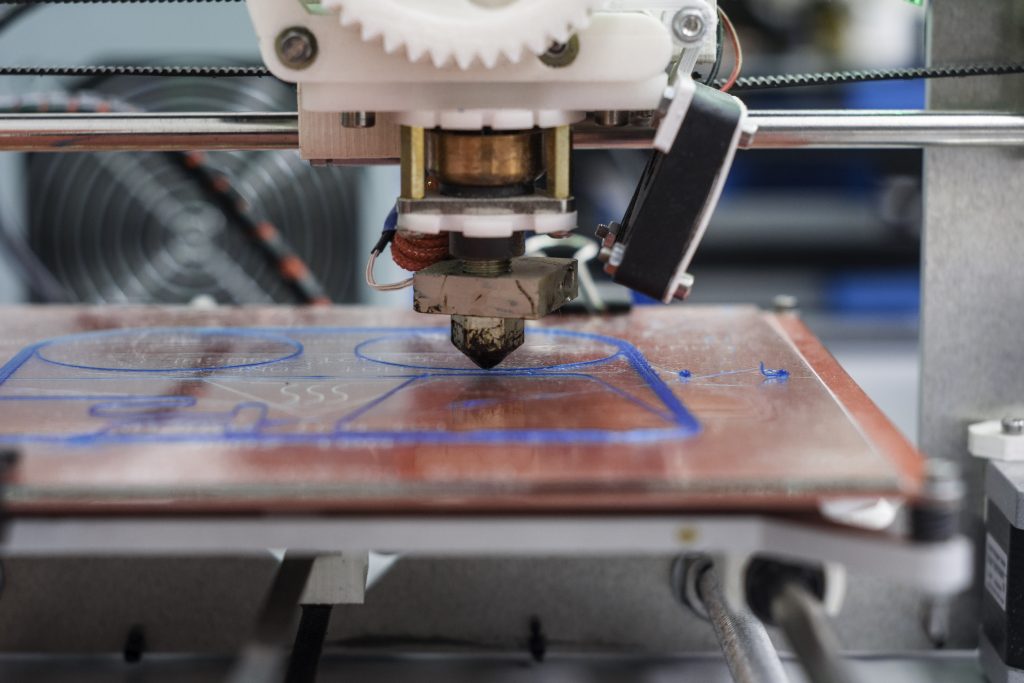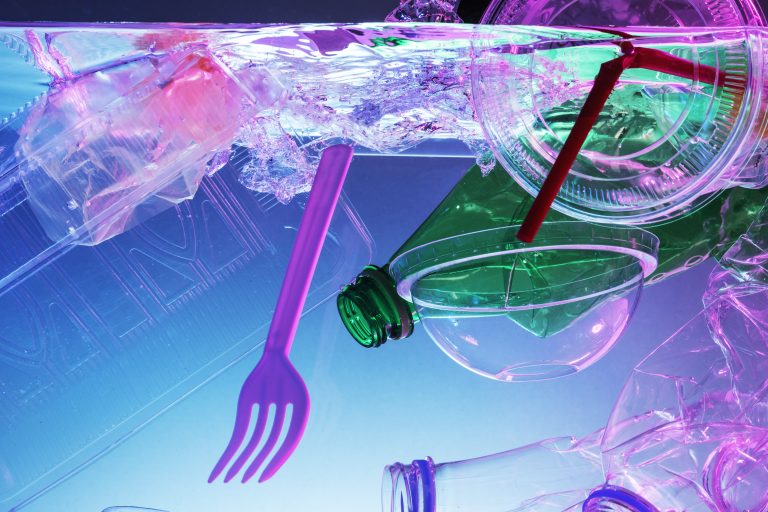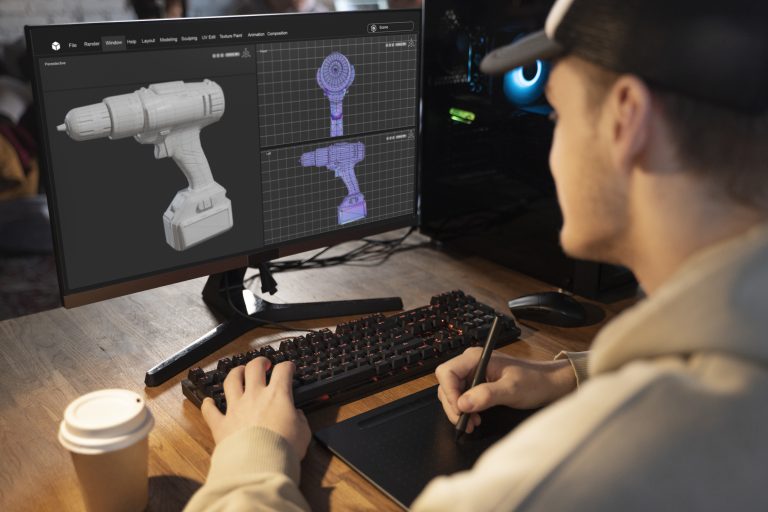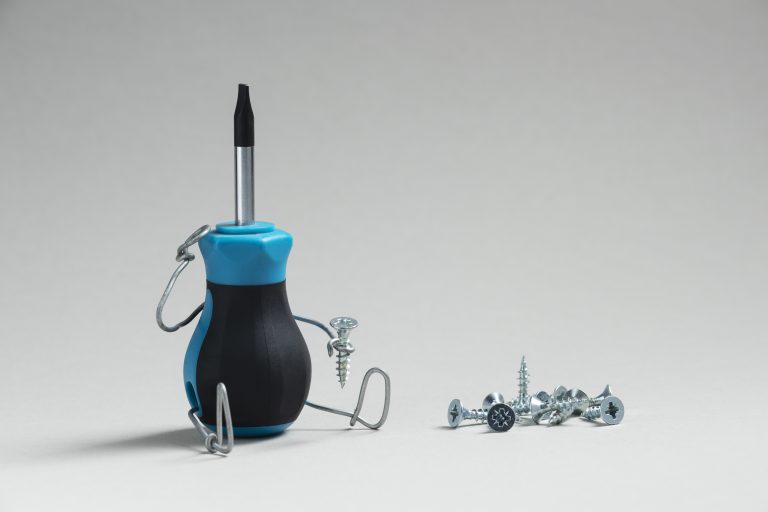Creating a product prototype is an essential part of the design and manufacturing process. It is what turns an idea or concept into something tangible that can be seen, held and tested. Prototypes can reveal flaws in plans that would not necessarily have materialised during initial design, and be used to put them right ahead of full-scale product launches.
There are many ways in which a prototype can be created, including sketches, computer simulations and physical prototypes. Plastic injection moulded prototypes in particular are easy to create, inexpensive to produce and offer various advantages around precision, testing and potential for development. Prototypes go through many different stages, so having a flexible process that accommodates multiple alterations is key.
Why are prototypes so important?
Using the prototype process to refine the design and ensure the component really is ‘fit for purpose’ not only saves money but time too. Taking a little longer to get the design right in the early stages can prevent a lot of wasted work further down the line. It helps protect an organisation’s brand and reputation too, as any issues can be fixed ahead of the product launch. Of course, this also strengthens the health and safety side of things, along with quality control.
In addition, a prototype can help the project team forecast full production costs more accurately and make better-informed calculations around the manufacturing times, materials, machinery and tooling that will be required. If funding is going to be an issue, a prototype can also help attract investment, as potential contributors can see the product and its benefits for themselves. Likewise, market feedback can be sought at an earlier stage, providing more time to adjust the prototype according to how well it is received by potential customers and how well or otherwise it performs in testing.
How does a prototype come to life?
All projects start with an idea – a vision. This should be allowed to develop and be refined throughout the product development stage. Some aspects may need to be changed or even discarded altogether, while additional ideas can contribute to a whole new direction. In fact, the final product may end up looking very different from the original concept. At each stage in the development process, due diligence into its viability, durability and suitability should be carried out to keep the project on track and avoid unnecessary costs.
Once the idea has been developed to a point where it appears to be a viable design, it is time to start sketching out what it might look like and how it will perform. Also key at this stage is working out precise details around how it fits into its wider environment right, such as making sure a smaller component can fit inside a machine or that a packaging concept provides adequate protection for its intended contents. Again, computer simulation software can help with this.
Next, the physical prototype must be created. When plastic injection moulding techniques are to be used, a custom mould must be made up and plastic materials decided. This should all be organised to resemble the finished product as closely as possible. That way, the prototype can be tested for suitability across a wide range of areas, including aesthetics, durability, performance, safety and production costs. Feedback provided can inform further iterations of the prototype and eventual progression towards signing off on the final design and launching into full-scale production.
Protect your work
It is vital to protect your design, especially in the early stages; make sure to file for a patent, where relevant, as soon as possible. Applications should be started at least a year before you anticipate disclosing your design to a wider market. This stops anyone else from developing it faster than you and getting to launch first. Having those involved sign an NDA also adds another layer of protection to your intellectual property.
Make sure to follow all health and safety guidelines while building your prototype. Accidents can cause stress and delay your project, increase costs, and affect the project’s success. Paying attention to safety now will save you time and money later, and improve your product’s performance and design.





